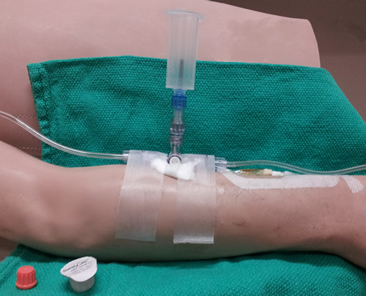ARTERIAL BLOOD GASES
(also called "ABGs", "gases", "arterial gases").
Blood contains oxygen and carbon dioxide. Oxygen and carbon dioxide are types of gases. When we measure the amount of these gases in the blood stream, we call the laboratory test a "blood gas" measurement. A blood gas test also identifies the amount of acidity in the blood. The balance of acids is reported as the pH. The acidity of the blood can change for many different reasons. For example, acid levels may rise if the heart, kidney or liver fails. Blood gases also provide important information about the function of other body organs.
When the lungs are working properly, oxygen will move into the blood stream and carbon dioxide will move out. Exhaling is one way that we eliminate acids from the body to help keep the pH normal. Blood gases are measured to evaluate lung function and to assess the effectiveness of the mechanical ventilator. They are also done to assess the function of other organs in the body.
ARTERIAL BLOOD GASES
In addition to measuring lung function and the acidity of the blood, blood gases that are drawn from an artery (instead of a vein) can be used to assess blood oxygen level. An artery is a blood vessel that carries oxygen rich blood to all of the organs of the body.
ARTERIAL LINE
Arterial blood gases can be obtained through a needle that is inserted into an artery. If we need to draw arterial blood gases frequently, we can place a small catheter into the artery and leave it place. This is called an ARTERIAL LINE. An arterial line allows us to collect blood samples easily with minimal pain to the patient. An arterial line can also be used for continuous blood pressure monitoring.




